Using electron microscopes, Hwang—a materials scientist at Brookhaven Lab’s Center for Functional Nanomaterials (CFN)—characterizes the structure and chemistry of operating battery electrode materials.
Tag: Materials Science

Lograsso named Critical Materials Institute Director
Dr. Thomas Lograsso has been named director of the U.S. Department of Energy’s Critical Materials Institute (CMI) at Ames Laboratory.
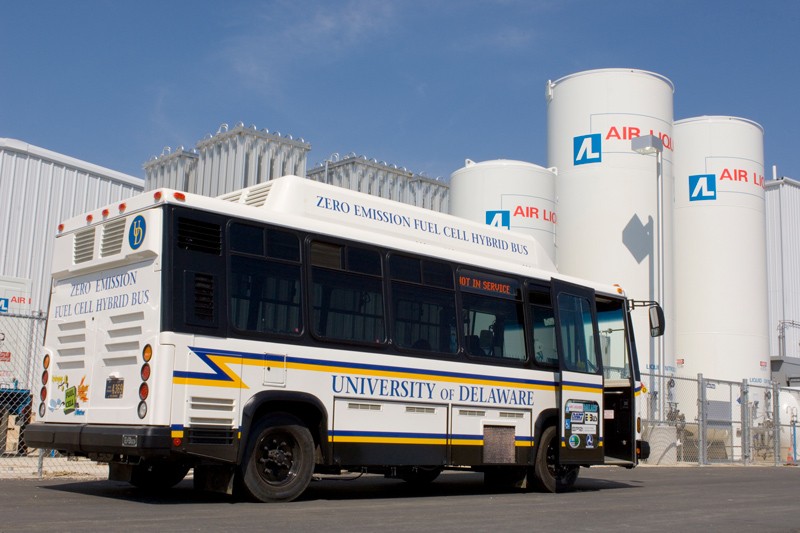
RENEWABLE ENERGY ADVANCE
In order to identify materials that can improve storage technologies for fuel cells and batteries, you need to be able to visualize the actual three-dimensional structure of a particular material up close and in context. Researchers from the University of Delaware’s Catalysis Center for Energy Innovation (CCEI) have done just that, developing new techniques for characterizing complex materials.
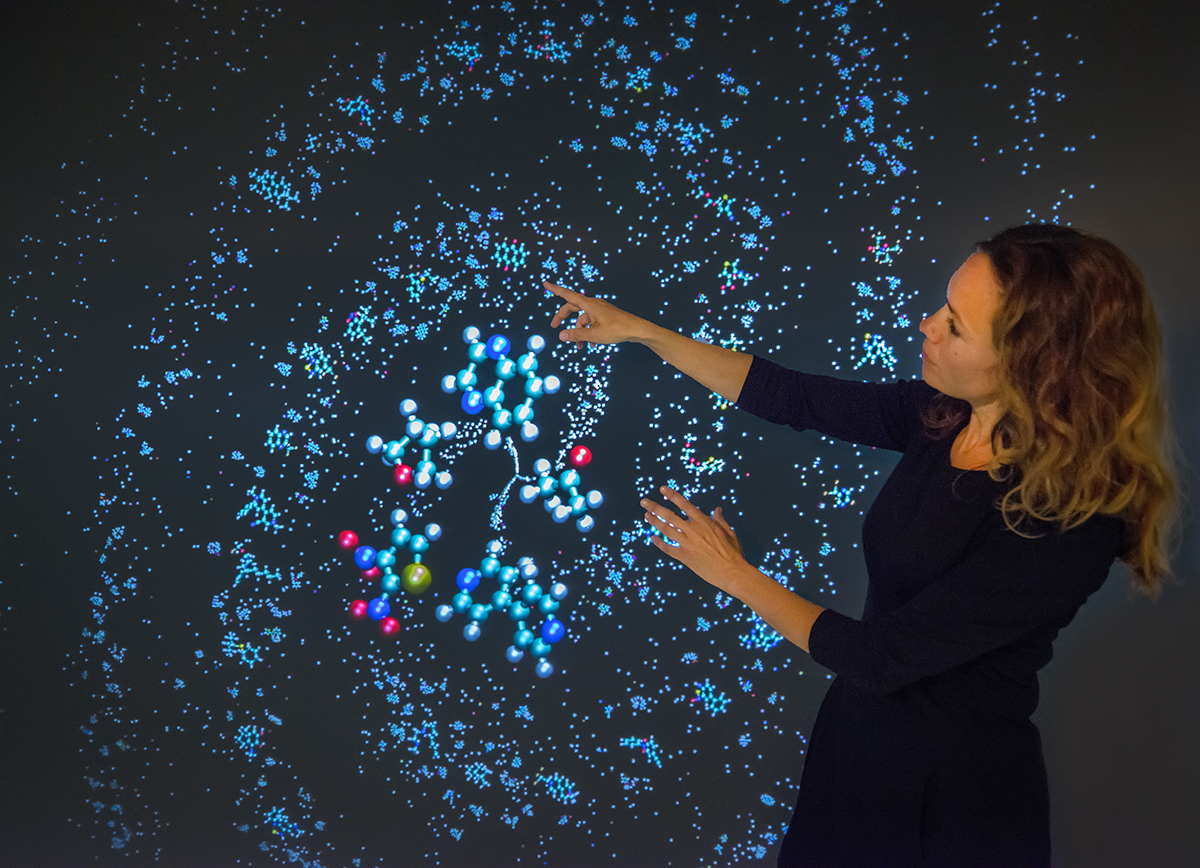
Making a Material World Better, Faster Now: Q&A With Materials Project Director Kristin Persson
Berkeley Lab’s Kristin Persson shares her thoughts on what inspired her to launch the Materials Project online database, the future of materials research and machine learning, and how she found her own way into a STEM career.
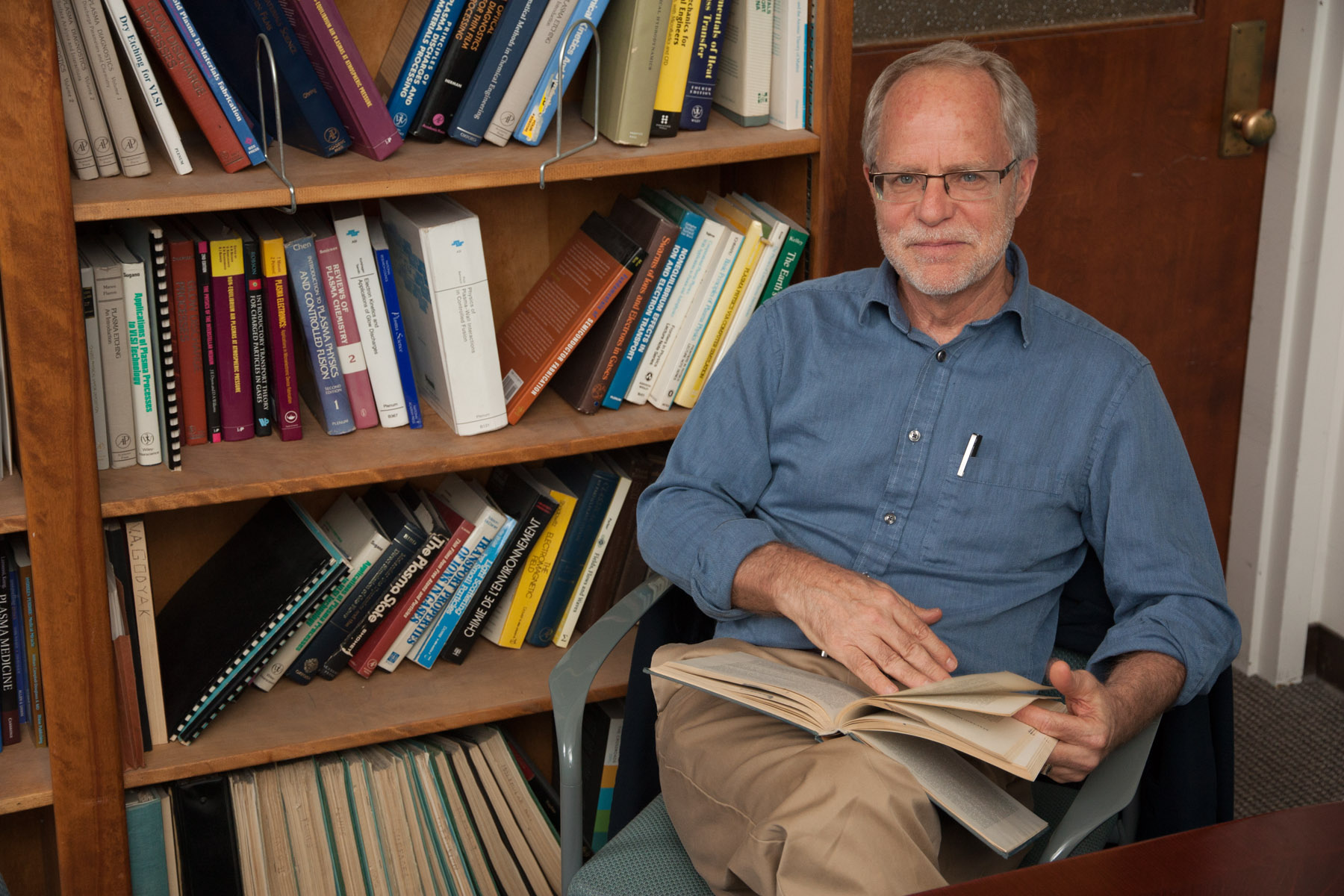
Renowned scientist to head new research for plasma applications in industry and quantum information science
The Princeton Plasma Physics Laboratory has appointed David Graves, an internationally known chemical engineer, to head a new research enterprise that will explore plasma applications in semiconductor manufacturing and the next generation of super-fast quantum computers.
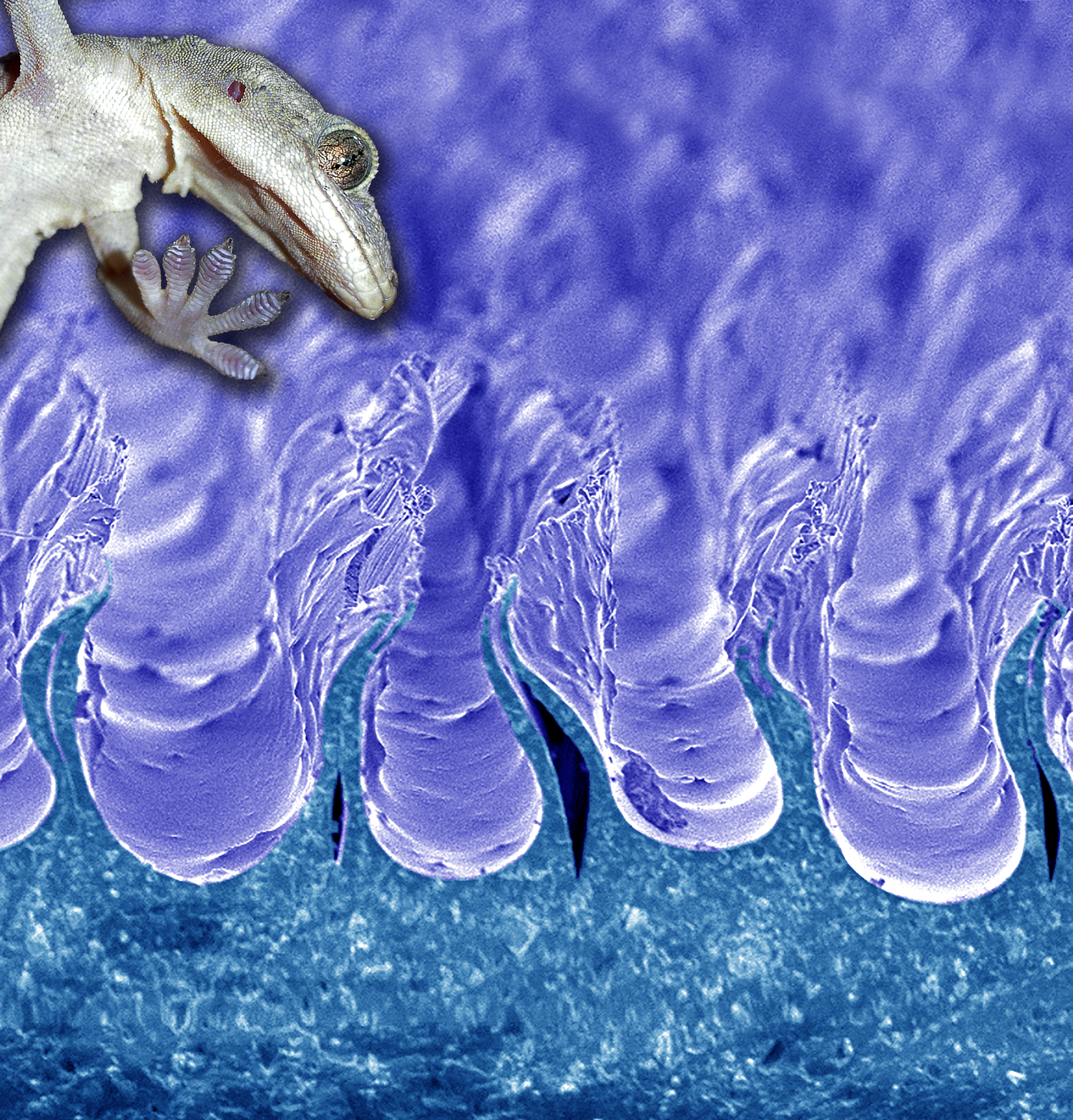
Surfaces That Grip Like Gecko Feet Could Be Easily Mass-Produced
The science behind sticky gecko’s feet lets gecko adhesion materials pick up about anything. But cost-effective mass production of the materials was out of reach until now. A new method of making them could usher the spread of gecko-inspired grabbers to assembly lines and homes.

Argonne physicist Giulia Galli earns two top honors for outstanding research and leadership
Galli elected to both the American Academy of Arts and Sciences and the National Academy of Sciences.
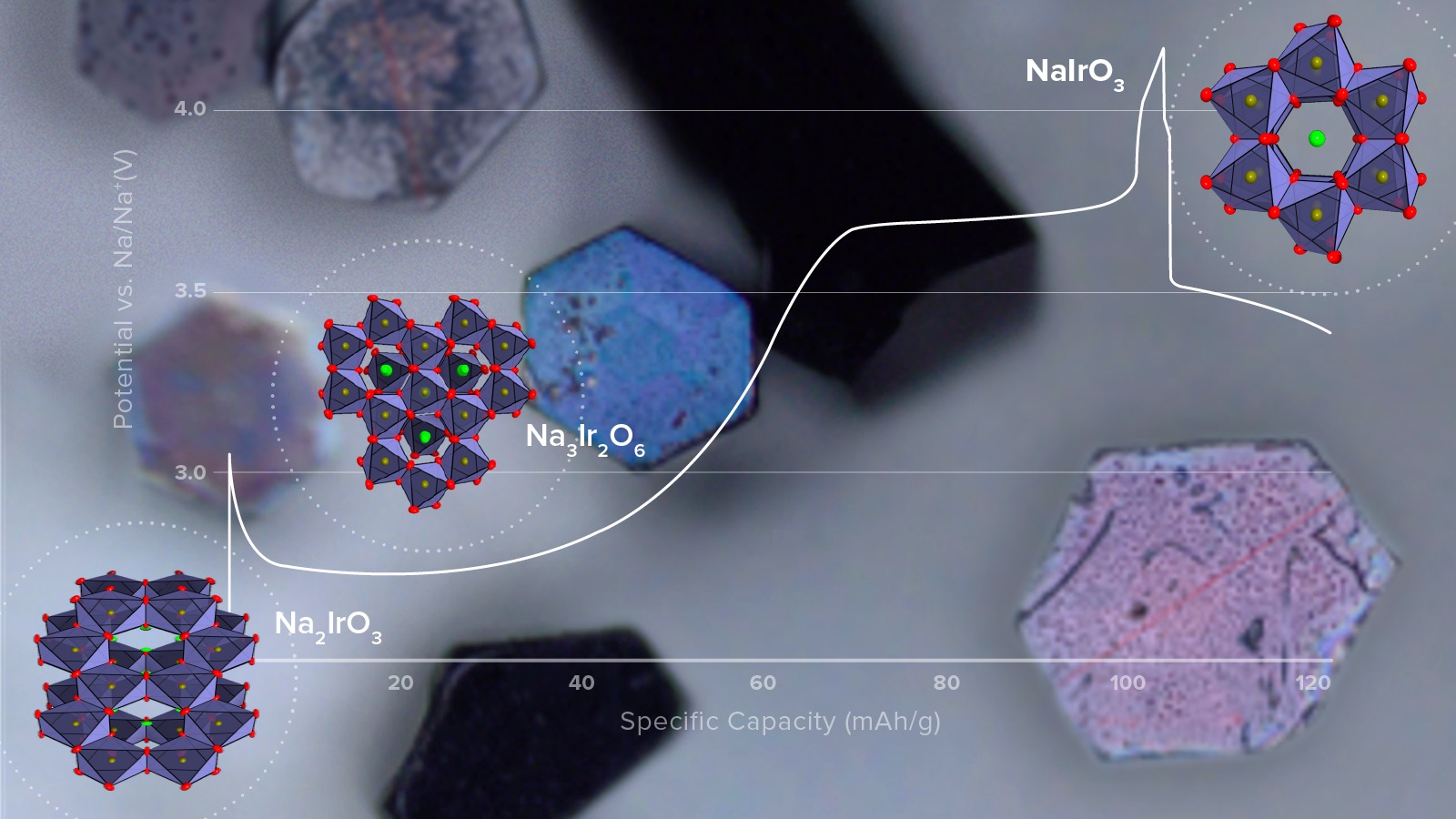
Crystal power
Scientists at the U.S. Department of Energy’s Argonne National Laboratory have created and tested a single-crystal electrode that promises to yield pivotal discoveries for advanced batteries under development worldwide.
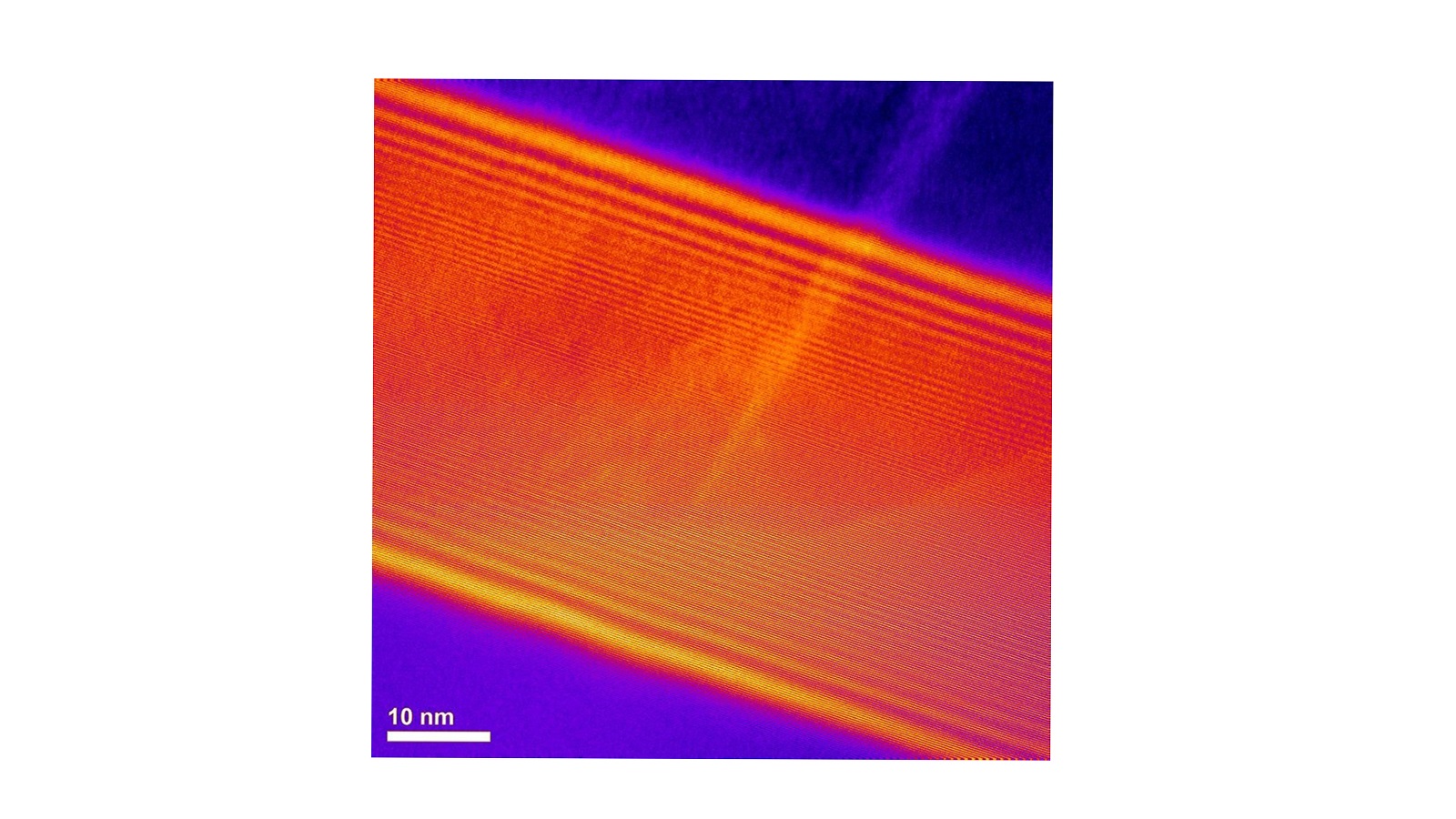
Scientists uncover major cause of resistance in solid electrolytes
Scientists investigated grain boundaries in a solid electrolyte at an unprecedentedly small scale. The resulting insights provide new avenues for tuning chemical properties in the material to improve performance.
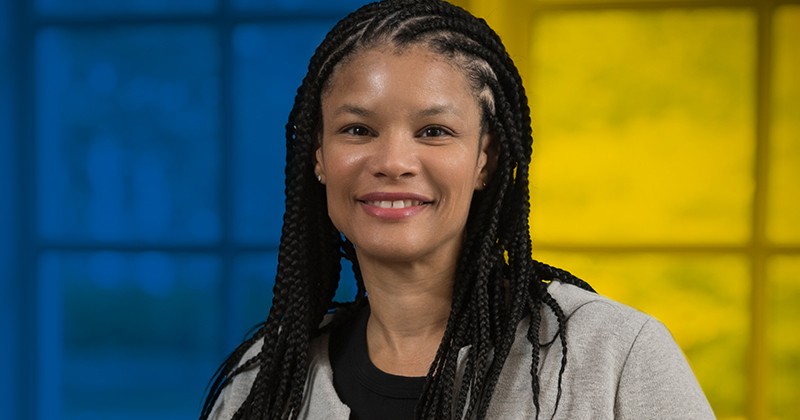
ENGINEERING HONOR FOR LASHANDA KORLEY
LaShanda Korley’s lab at the University of Delaware creates new materials inspired by nature for applications in healthcare, sensing, soft robotics and more. Korley is pushing the boundaries of what materials scientists and engineers previously thought possible and she has now been named to the College of Fellows of the American Institute for Medical and Biological Engineering (AIMBE).
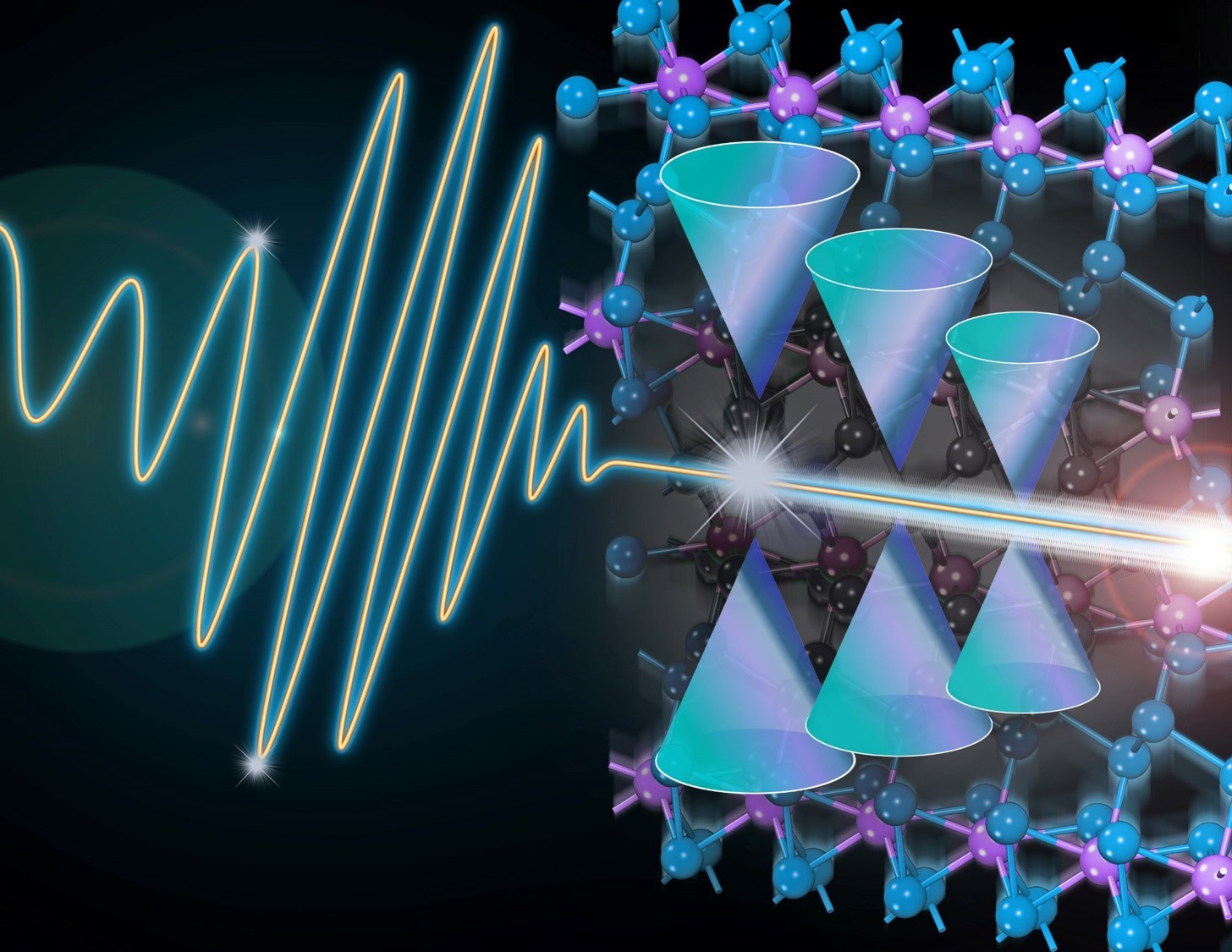
New discovery helps close the gap towards optically-controlled quantum computation
Scientists have discovered a light-induced switching mechanism in a Dirac semimetal. The mechanism establishes a new way to control the topological material, driven by back-and-forth motion of atoms and electrons, which will enable topological transistor and quantum computation using light waves.
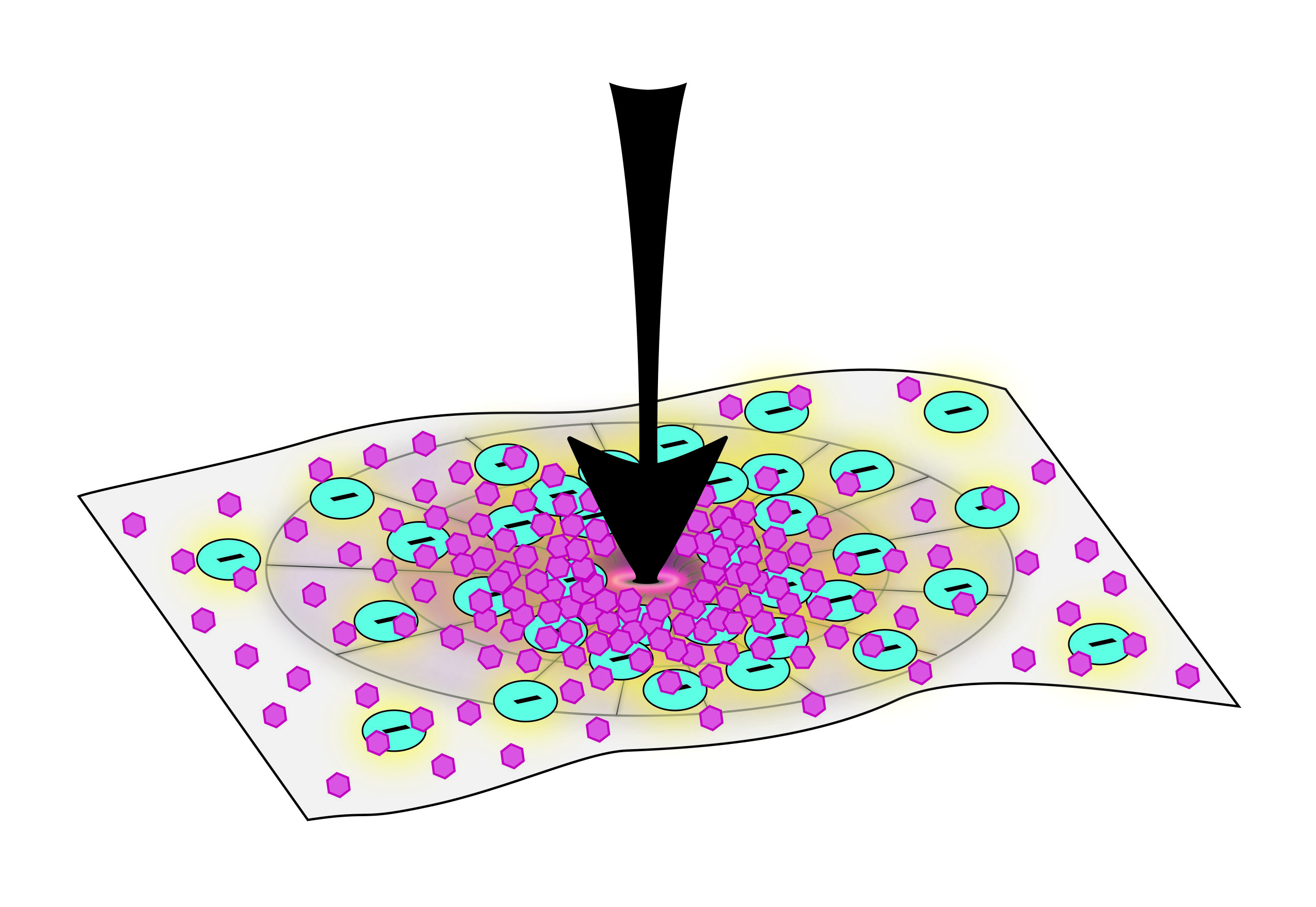
Under Pressure: New Bioinspired Material Can ‘Shapeshift’ to External Forces
Inspired by how human bone and colorful coral reefs adjust mineral deposits in response to their surrounding environments, Johns Hopkins researchers have created a self-adapting material that can change its stiffness in response to the applied force. This advancement can someday open the doors for materials that can self-reinforce to prepare for increased force or stop further damage.
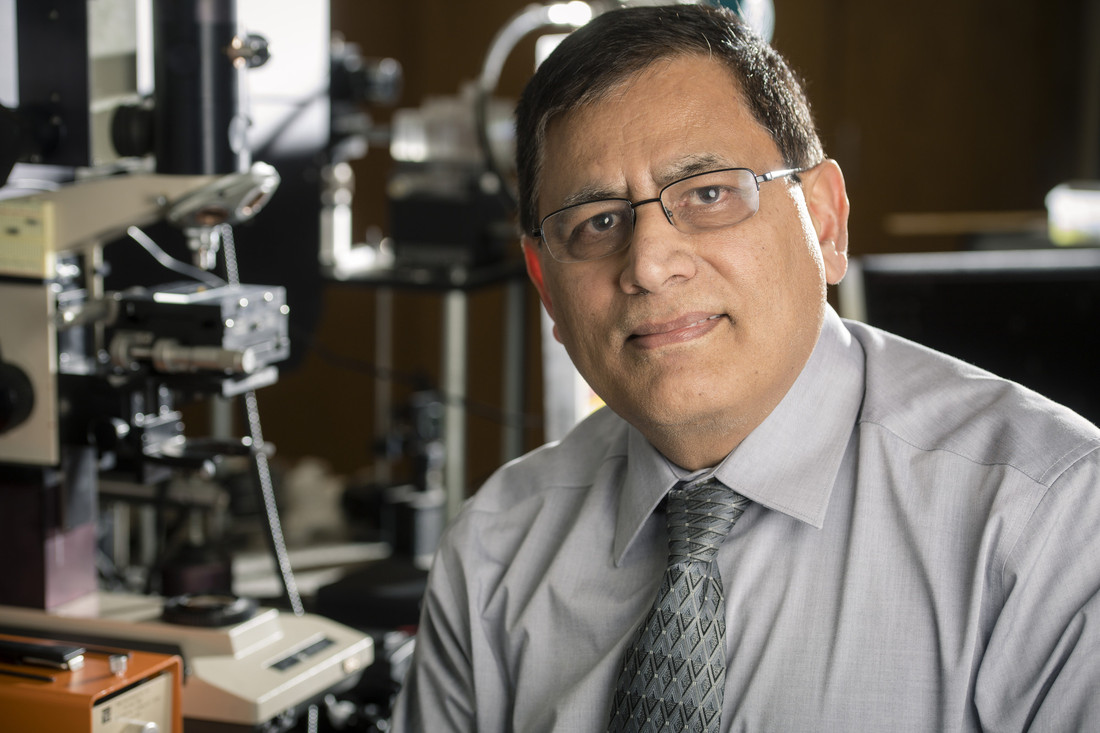
New boron material of high hardness created by plasma chemical vapor deposition
Researchers used microwave-plasma chemical vapor deposition to create thin crystal films of a novel boron-rich boron-carbide material that has 37 percent the hardness of cubic diamond and acts as an insulator. The new material’s properties were predicted from first-principles analysis.

Two is Better Than One
UPTON, NY – A collaboration of scientists from the National Synchrotron Light Source II (NSLS-II), Yale University, and Arizona State University has designed and tested a new two-dimensional (2-D) catalyst that can be used to improve water purification using hydrogen peroxide.
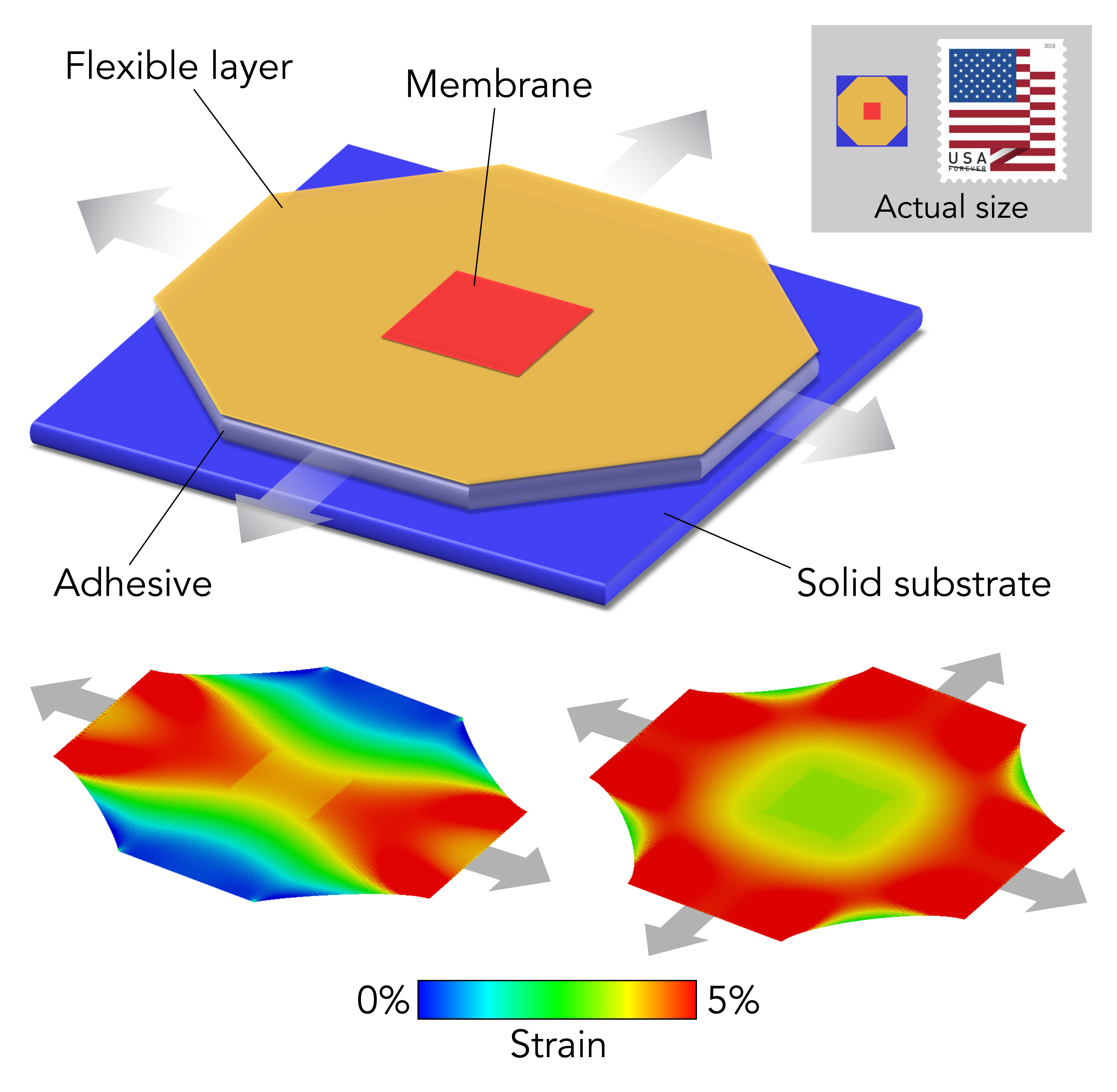
A new way to fine-tune exotic materials: Thin, stretch and clamp
Turning a brittle oxide into a flexible membrane and stretching it on a tiny apparatus flipped it from a conducting to an insulating state and changed its magnetic properties. The technique can be used to study and design a broad range of materials for use in things like sensors and detectors.
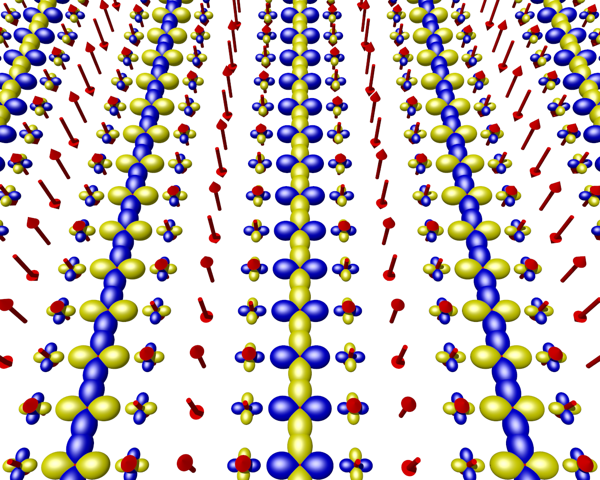
Scientists See Energy Gap Modulations in a Cuprate Superconductor
Scientists studying high-Tc superconductors at the U.S. Department of Energy’s Brookhaven National Laboratory have definitive evidence for the existence of a state of matter known as a pair density wave–first predicted by theorists some 50 years ago. Their results show that this phase coexists with superconductivity in a well-known bismuth-based copper-oxide superconductor.
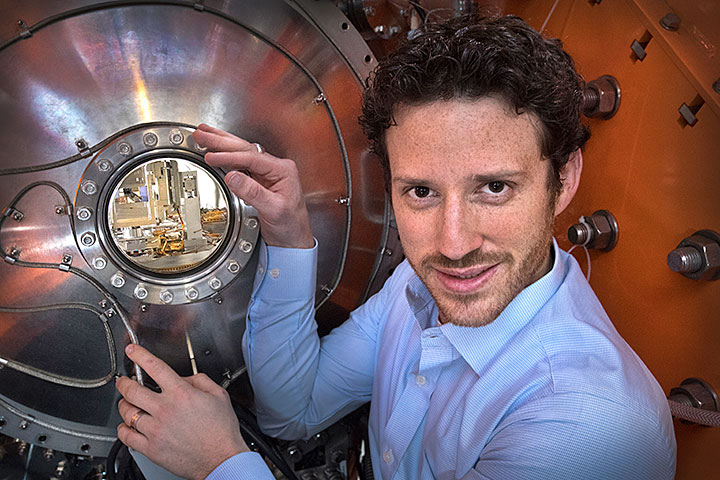
Quantum Effect Triggers Unusual Material Expansion
New research conducted in part at Brookhaven Laboratory may bring a whole new class of chemical elements into a materials science balancing act for designing alloys for aviation and other applications.
Brookhaven Lab’s Lijun Wu Receives 2020 Chuck Fiori Award
For the past 20 years, Wu has been advancing quantitative electron diffraction to study batteries, catalysts, and other energy materials.
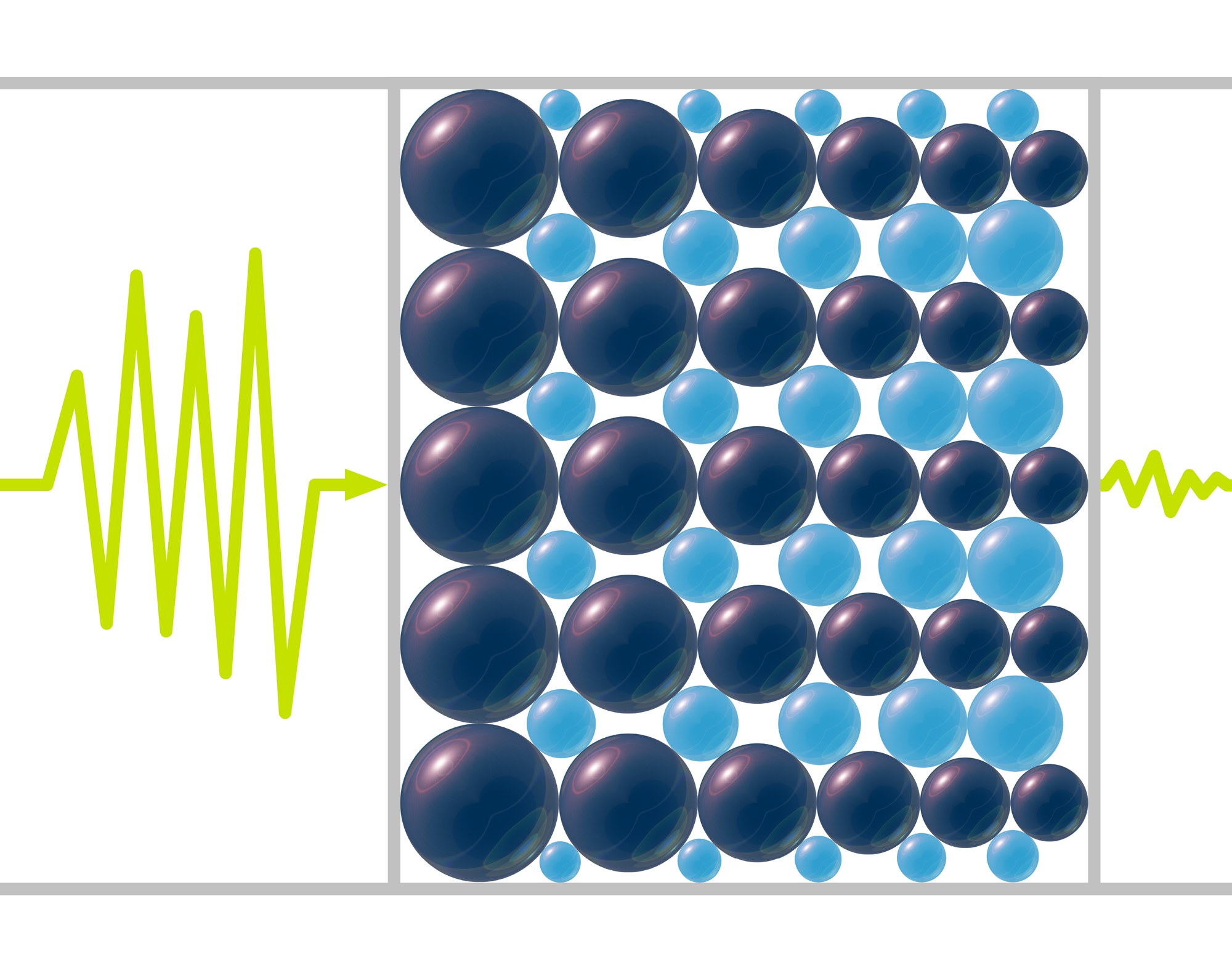
Physicists propose new filter for blocking high-pitched sounds
Need to reduce high-pitched noises? Science may have an answer. In a new study, theoretical physicists report that materials made from tapered chains of spherical beads could help dampen sounds that lie at the upper range of human hearing or just beyond.
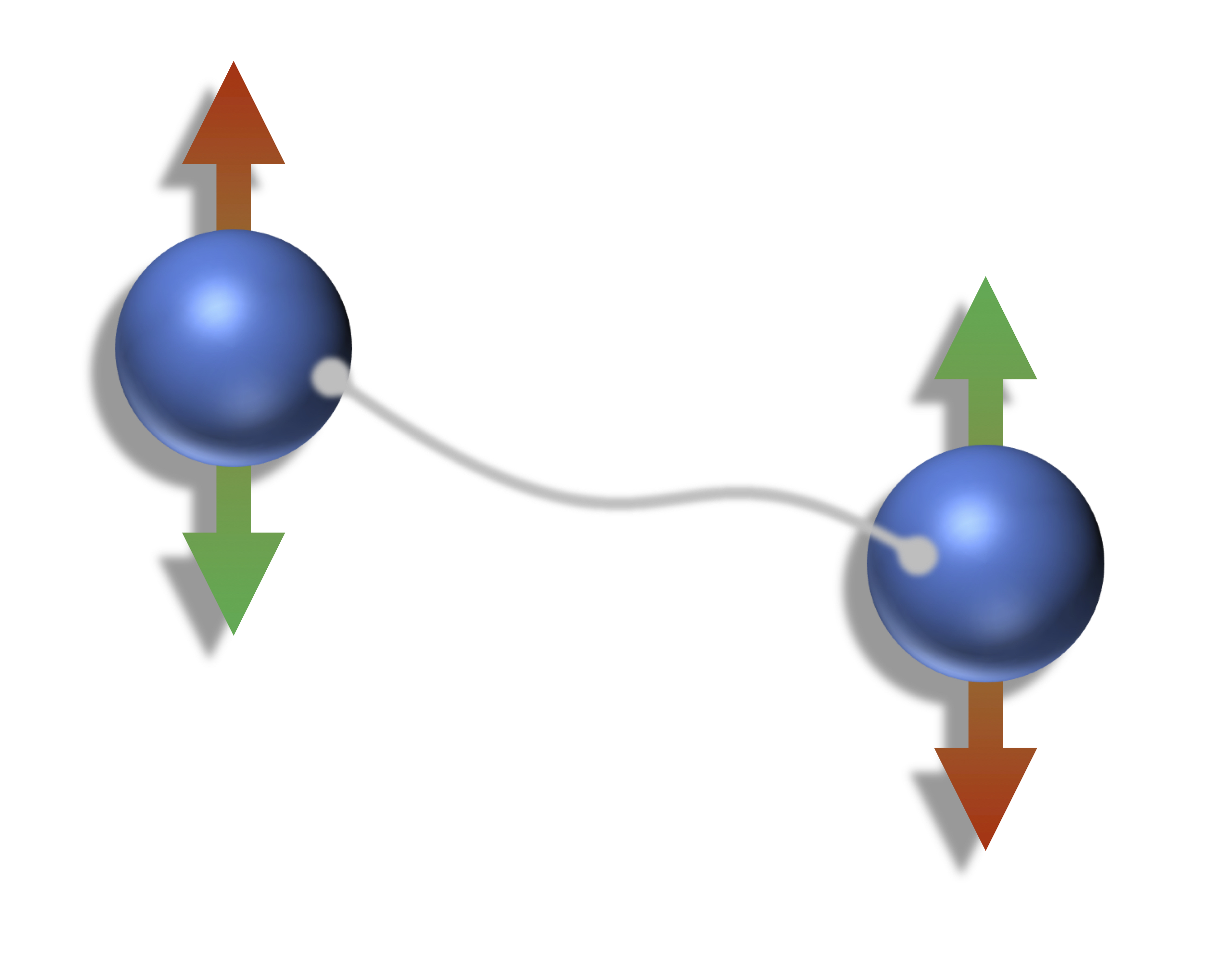
How a Magnet Could Help Boost Understanding of Superconductivity
Physicists have unraveled a mystery behind the strange behavior of electrons in a ferromagnet, a finding that could eventually help develop high temperature superconductivity. A Rutgers co-authored study of the unusual ferromagnetic material appears in the journal Nature.
A Talented 2D Material Gets a New Gig
Berkeley Lab scientists tap into graphene’s hidden talent as an electrically tunable superconductor, insulator, and magnetic device for the advancement of quantum information science
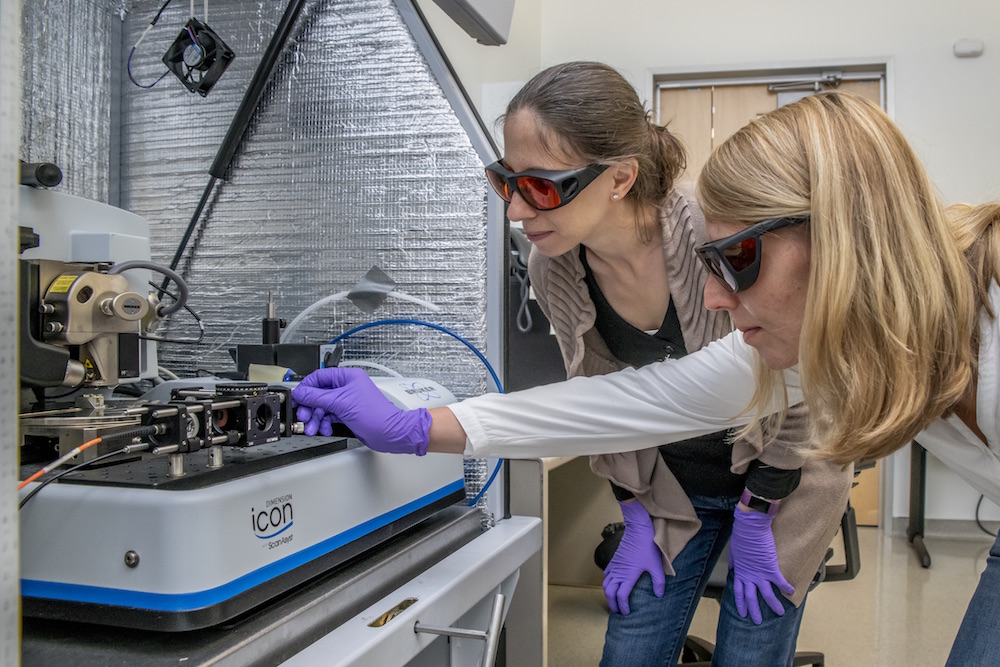
How JCAP Is Making Solar Fuels Shine
As we look back at a decade of discovery, we highlight 10 achievements by scientists at Berkeley Lab and the Joint Center for Artificial Photosynthesis that bring us closer to a solar fuels future.

Scientists pair machine learning with tomography to learn about material interfaces
Researchers have put a new technique based on machine learning to work uncovering the secrets of buried interfaces and edges in a material.
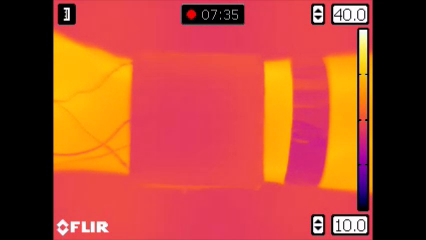
This wearable device camouflages its wearer no matter the weather
Researchers at the University of California San Diego developed a wearable technology that can hide its wearer from heat-detecting sensors such as night vision goggles, even when the ambient temperature changes–a feat that current state of the art technology cannot match. The technology can adapt to temperature changes in just a few minutes, while keeping the wearer comfortable.
Valentino Cooper: Building foundations for solid science
Valentino Cooper of Oak Ridge National Laboratory uses theory, modeling and computation to improve fundamental understanding of advanced materials for next-generation energy and information technologies.
Ultrasound device improves charge time and run time in lithium batteries
Researchers at the University of California San Diego developed an ultrasound-emitting device that brings lithium metal batteries, or LMBs, one step closer to commercial viability. Although the research team focused on LMBs, the device can be used in any battery, regardless of chemistry.
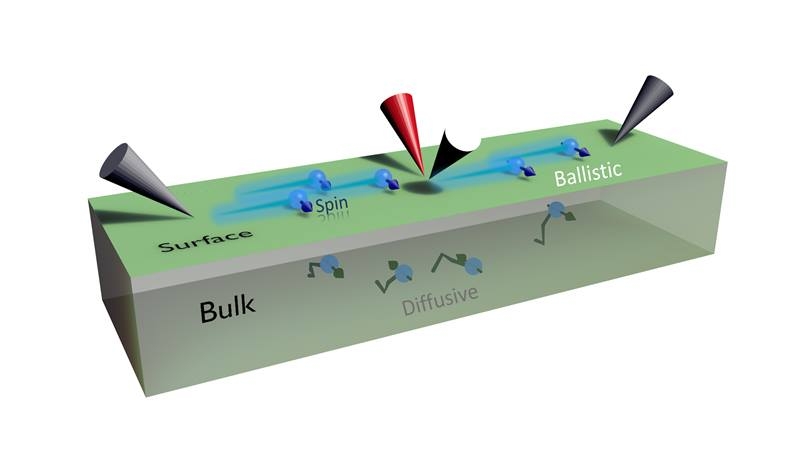
Channeling Electrons for Ultrafast Spin Conductivity
Scientists used unique scanning probe microscopy and spectroscopy techniques to control how electrons moved on the surface of a bismuth-based material (Bi2Te2Se).
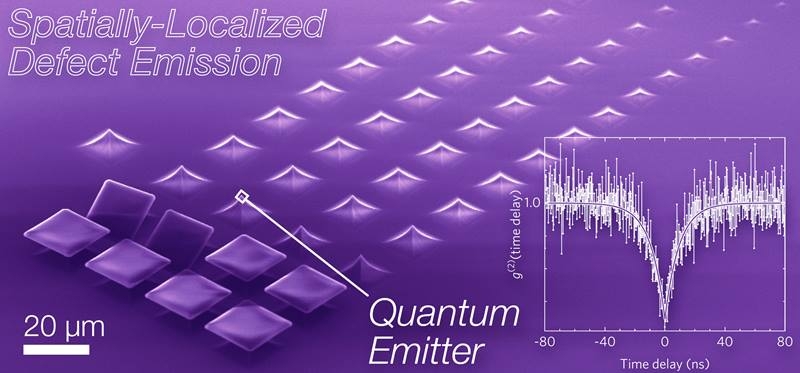
No Strain, No Gain! Breakthrough in 2D Material that Produces Single Photons
Recent research has shown that 2D materials may have potential as light sources that emit light as single photons.
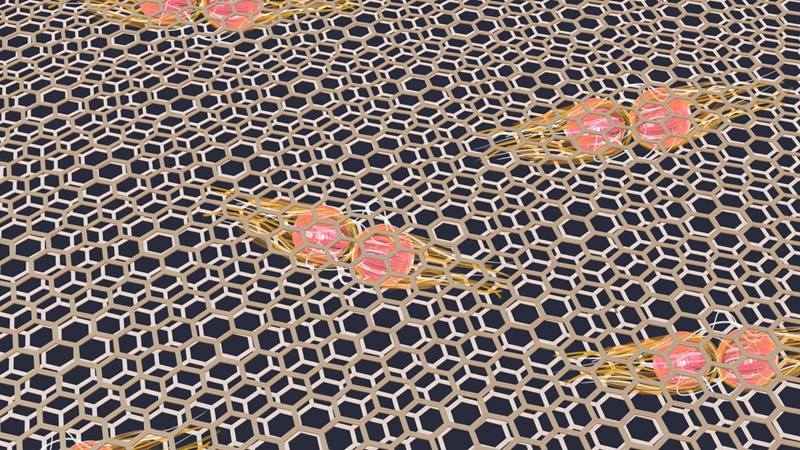
When Electrons Follow New Interaction Rules, Superconductivity Ensues
Researchers used a scanning tunneling microscope to “see” the electron interactions and pairings at the heart of twisted bilayer graphene’s novel properties.
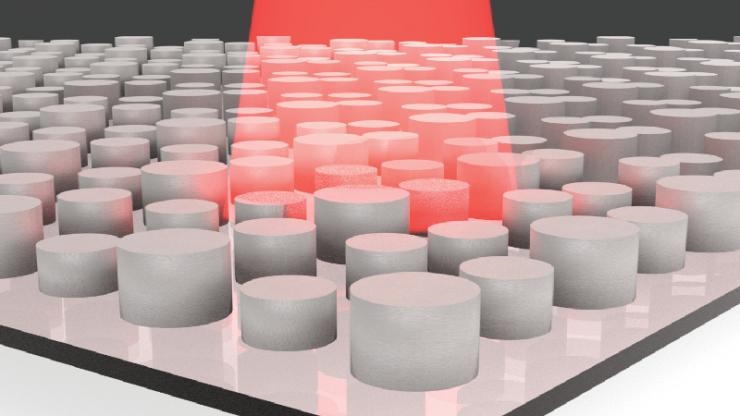
Machine Learning Accelerates Metamaterial Design
Researchers are increasingly using computer models to predict how light will interact with metamaterials. Scientists used machine learning techniques to analyze databases of information. The computer program predicted the ideal metamaterial design for absorbing low-energy light.
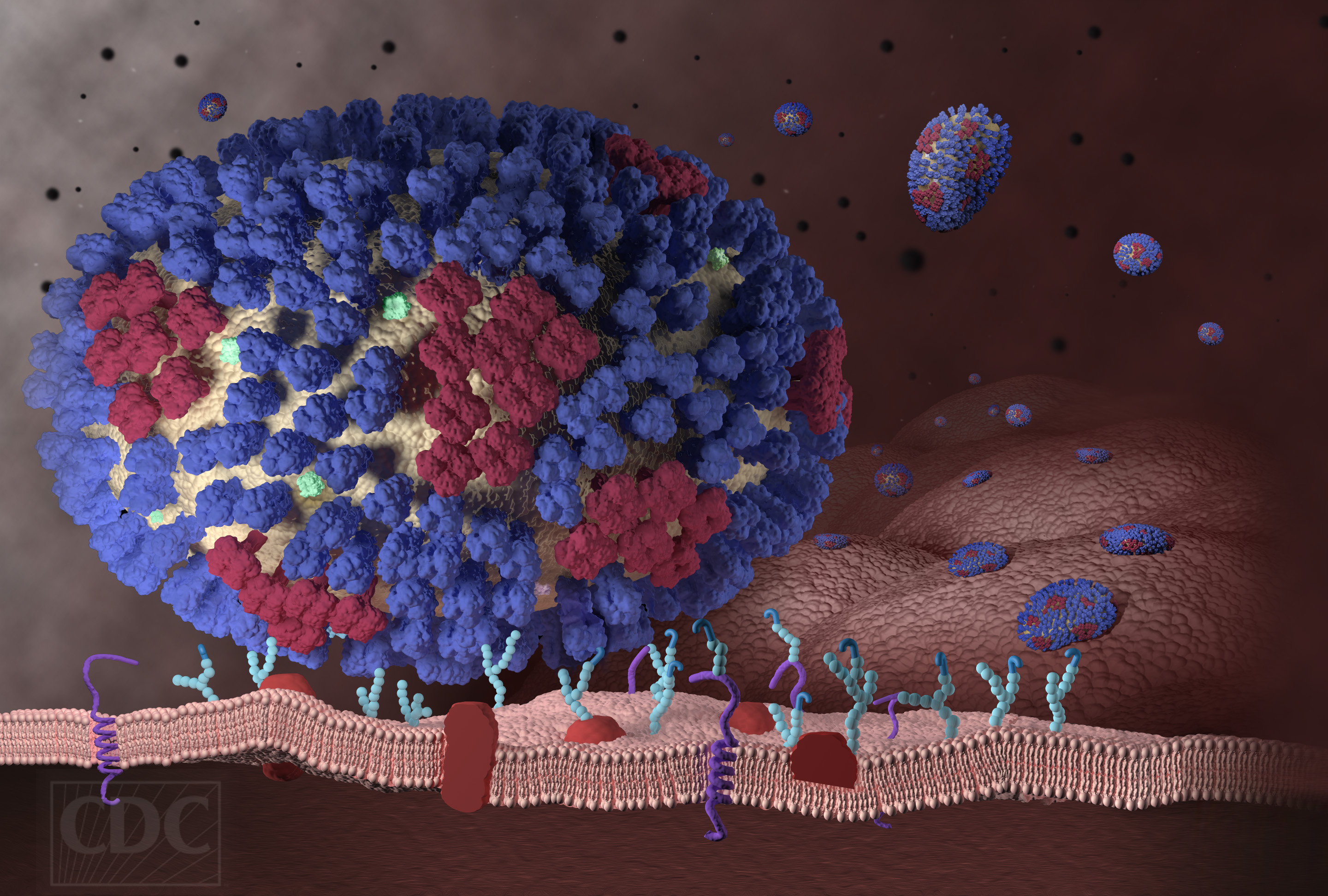
New Tool Monitors Real Time Mutations In Flu
A Rutgers-led team has developed a tool to monitor influenza A virus mutations in real time, which could help virologists learn how to stop viruses from replicating. The gold nanoparticle-based probe measures viral RNA in live influenza A cells, according to a study in The Journal of Physical Chemistry C. It is the first time in virology that experts have used imaging tools with gold nanoparticles to monitor mutations in influenza, with unparalleled sensitivity.

A material benefit to society, Sandia scientist elected AAAS fellow
Sandia National Laboratories senior scientist Tina Nenoff was elected by her peers fellow of the American Association for the Advancement of Science “for outstanding accomplishments in nanoporous materials and technology through research and group effort leadership, particularly in ion and gas separations for energy and environmental applications.”
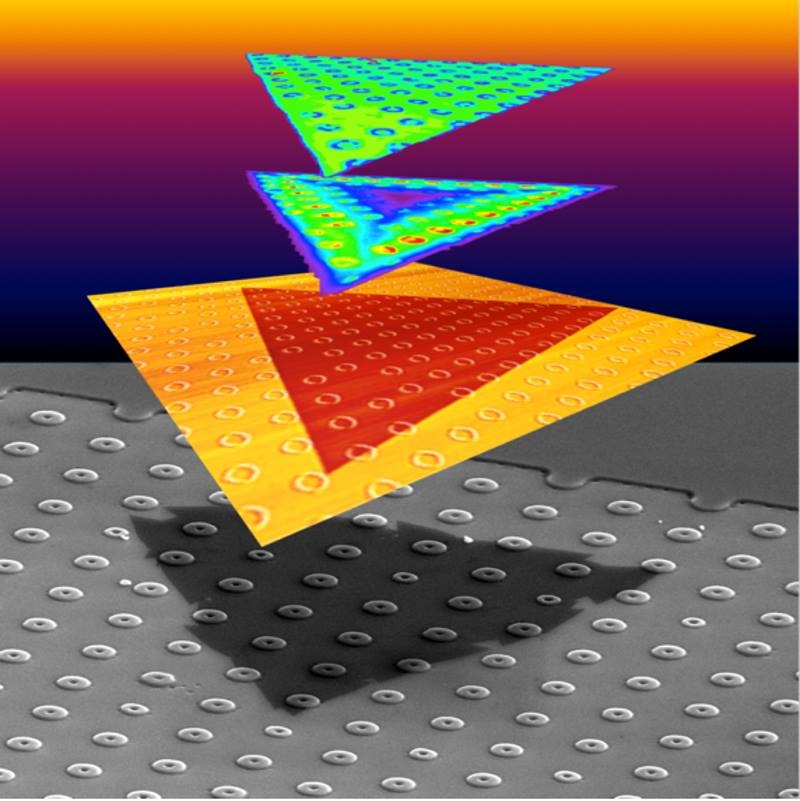
Stretched to the Limit and Sparkling on Curved Surfaces
Scientists grew tungsten disulfide 2D crystals over donut shapes. With this approach, they created strain that changed the materials’ growth dynamics and light emission properties.
CFN Staff Spotlight: Xiaohui Qu Bridges the Data Science-Materials Science Gap
As a staff member in the Theory and Computation Group at Brookhaven Lab’s Center for Functional Nanomaterials, Qu applies various approaches in artificial intelligence to analyze experimental and computational nanoscience data.
Saving the Planet, One Drop at a Time
Scientists at the Johns Hopkins University Applied Physics Laboratory (APL), in Laurel, Maryland, have identified highly absorbent materials that can extract drinkable water out of thin air – which could potentially lead to technologies that supply potable water in the driest areas on the planet.
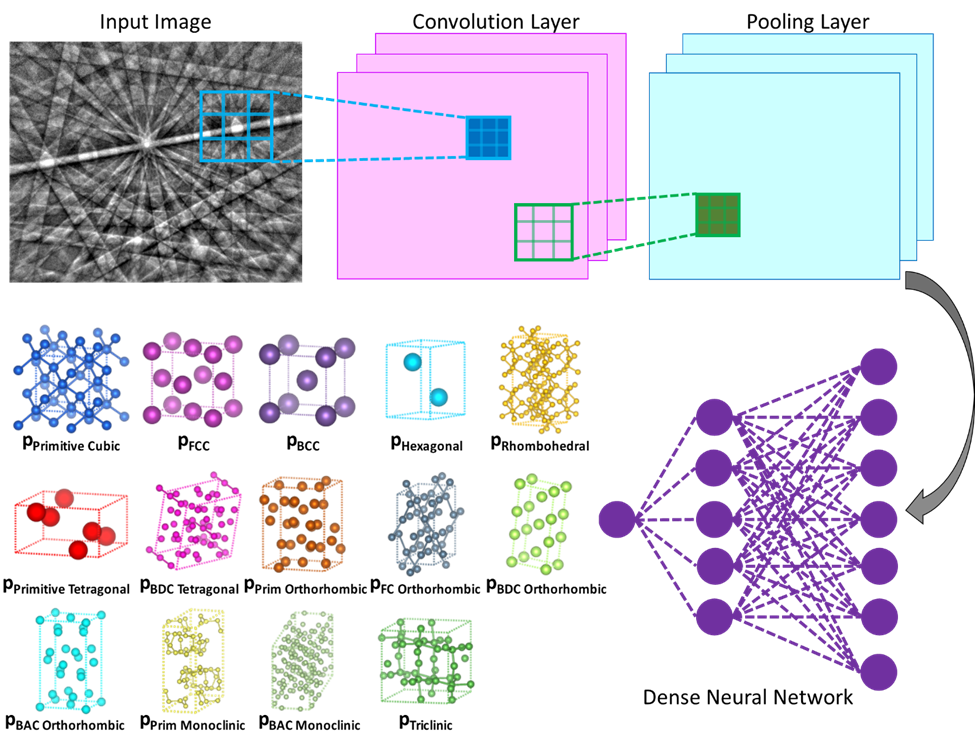
Machine learning technique speeds up crystal structure determination
A computer-based method could make it less labor-intensive to determine the crystal structures of various materials and molecules, including alloys, proteins and pharmaceuticals. The method uses a machine learning algorithm, similar to the type used in facial recognition and self-driving cars, to independently analyze electron diffraction patterns, and do so with at least 95% accuracy.
New research could aid cleaner energy technologies
New research led by faculty at Binghamton University, State University of New York, could aid cleaner energy technologies.
Polymer expert Advincula named ORNL-UT Governor’s Chair
Rigoberto “Gobet” Advincula has been named Governor’s Chair of Advanced and Nanostructured Materials at the Department of Energy’s Oak Ridge National Laboratory and the University of Tennessee.
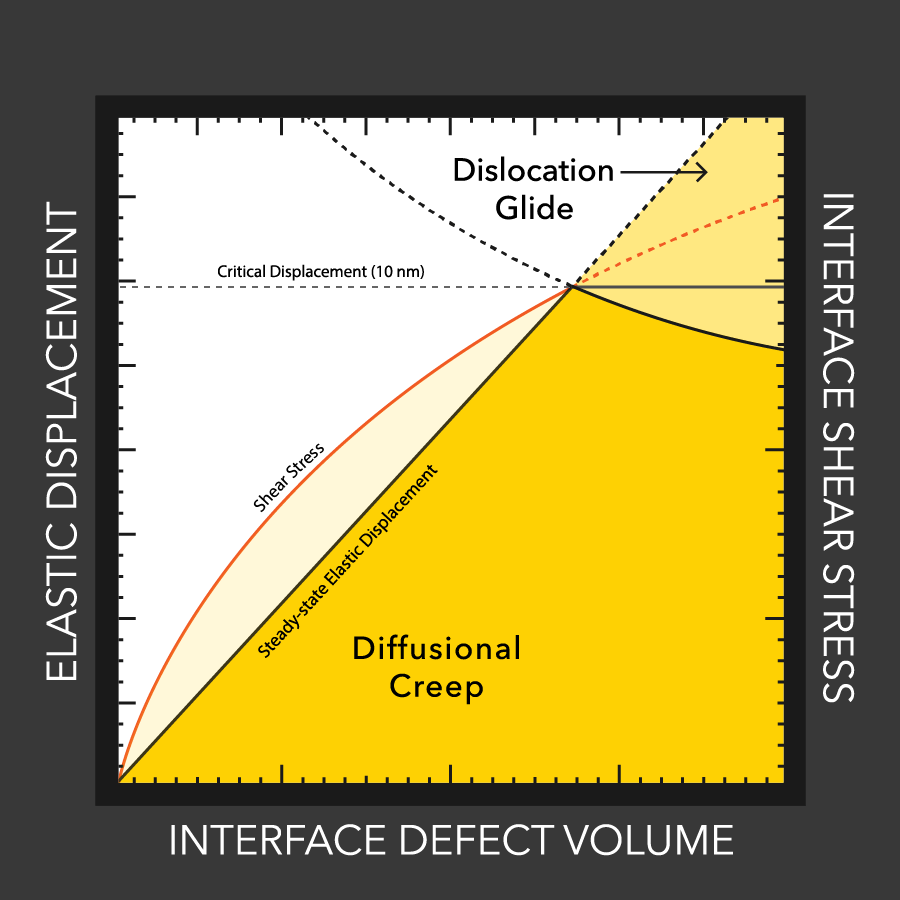
MTU engineers examine lithium battery defects
Lithium dendrites cause poor performance and even explosions in batteries with flammable liquid electrolytes. How these dendrites grow, even with a solid electrolytes, is still a mystery, but materials engineers at MTU and Oak Ridge study the conditions that enable dendrites and how to stop them.
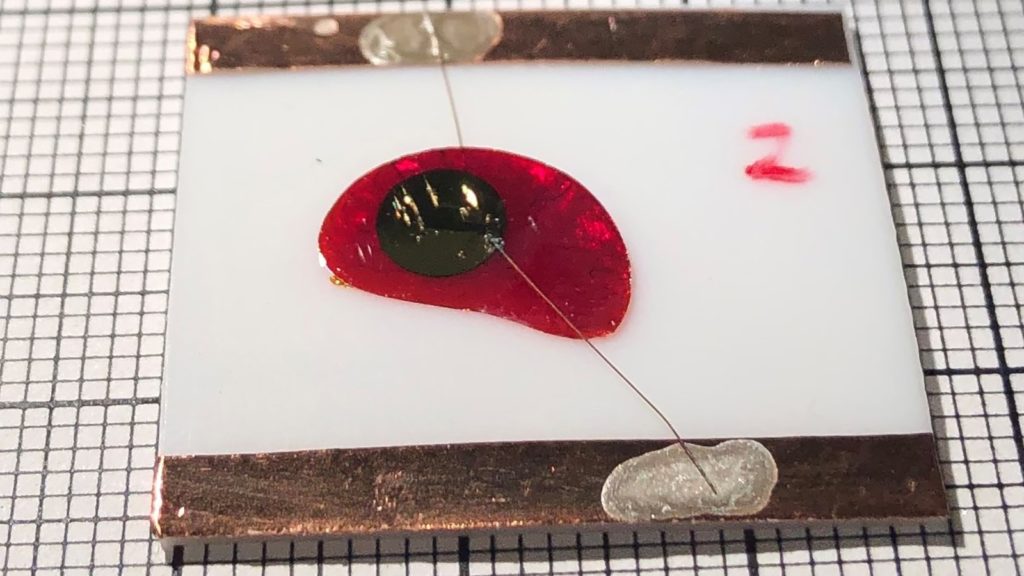
Scientists pioneer new generation of semiconductor neutron detector
In a new study, scientists have developed a new type of semiconductor neutron detector that boosts detection rates by reducing the number of steps involved in neutron capture and transduction.
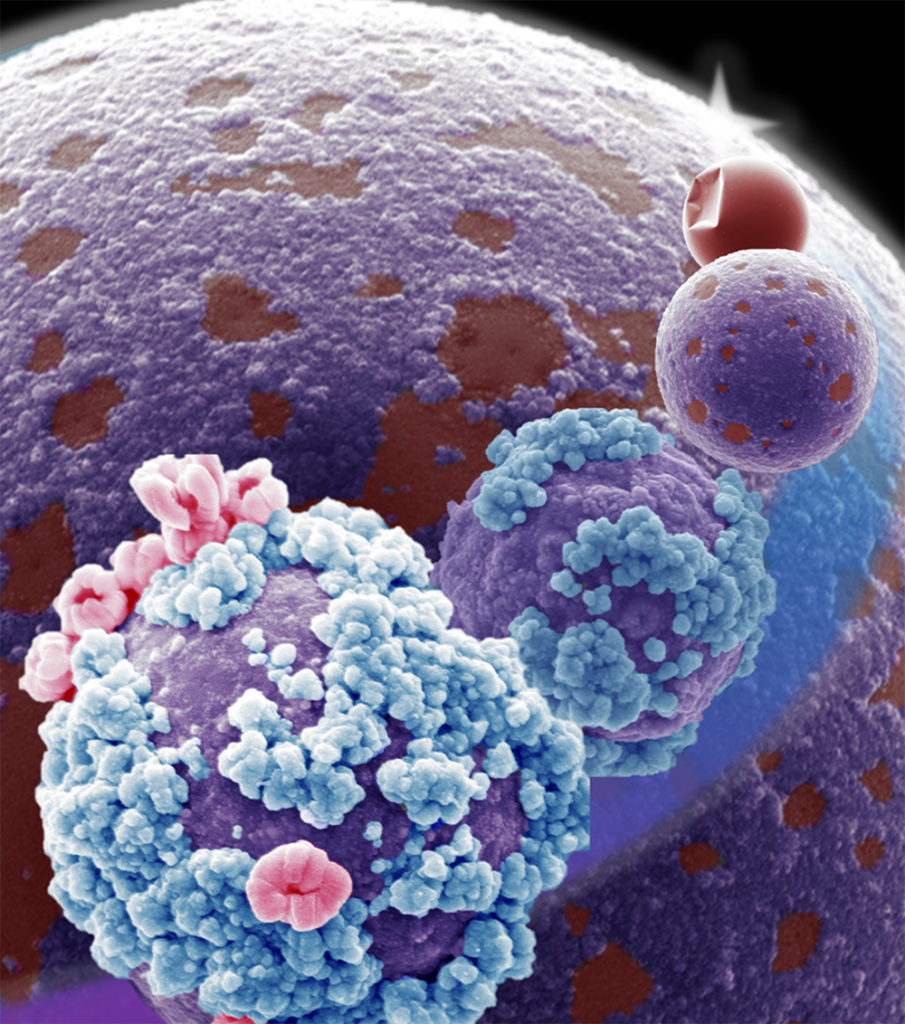
Engineers develop “chameleon metals” that change surfaces in response to heat
Martin Thuo and his research group have found a way to use heat to predictably and precisely change the surface structure of a particle of liquid metal. It’s like a chameleon changing skin color in response to its environment. And so Thuo and his team are calling the technology “chameleon metals.”

New quantum loop provides long national testbed for quantum communication technology
Scientists from the U.S. Department of Energy’s (DOE) Argonne National Laboratory and the University of Chicago launched a new testbed for quantum communication experiments from Argonne last week.
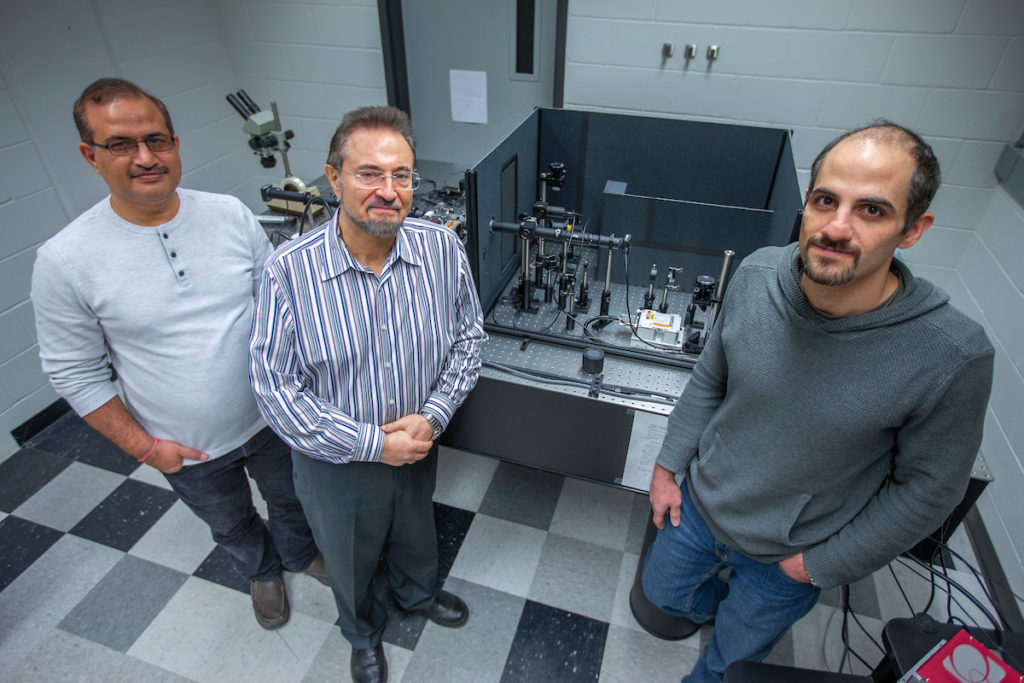
Researchers create nanoscale sensors to better see how high pressure affects materials
Researchers have developed new nanoscale technology to image and measure more of the stresses and strains on materials under high pressures.

Growth and Repair from Carbon Dioxide in Air
Scientists have created a new class of material that uses sunlight to absorb and fix carbon dioxide from the atmosphere.
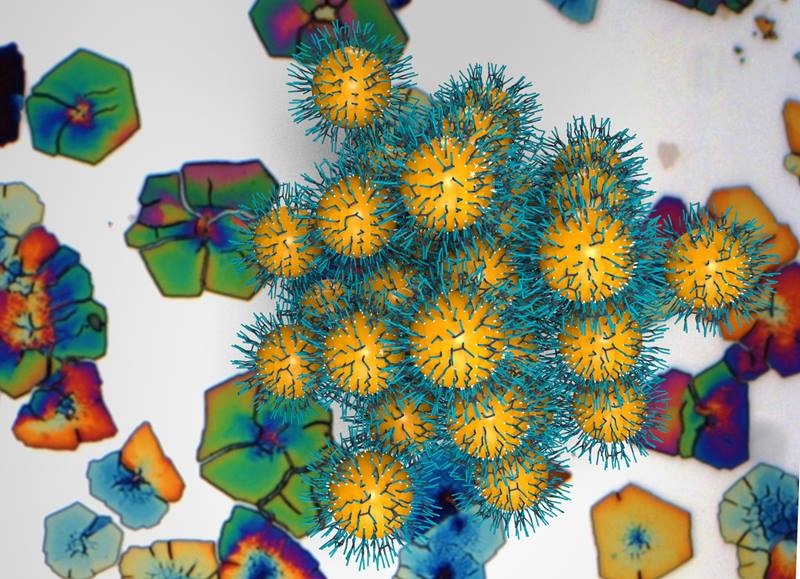
Super Nanoparticle Superlattices
This new research shows how the ligands affect key structural and mechanical properties of the superlattices.

Tiny Quantum Sensors Watch Materials Transform Under Pressure
Scientists at Berkeley Lab have developed a diamond anvil sensor that could lead to a new generation of smart, designer materials, as well as the synthesis of new chemical compounds, atomically fine-tuned by pressure.
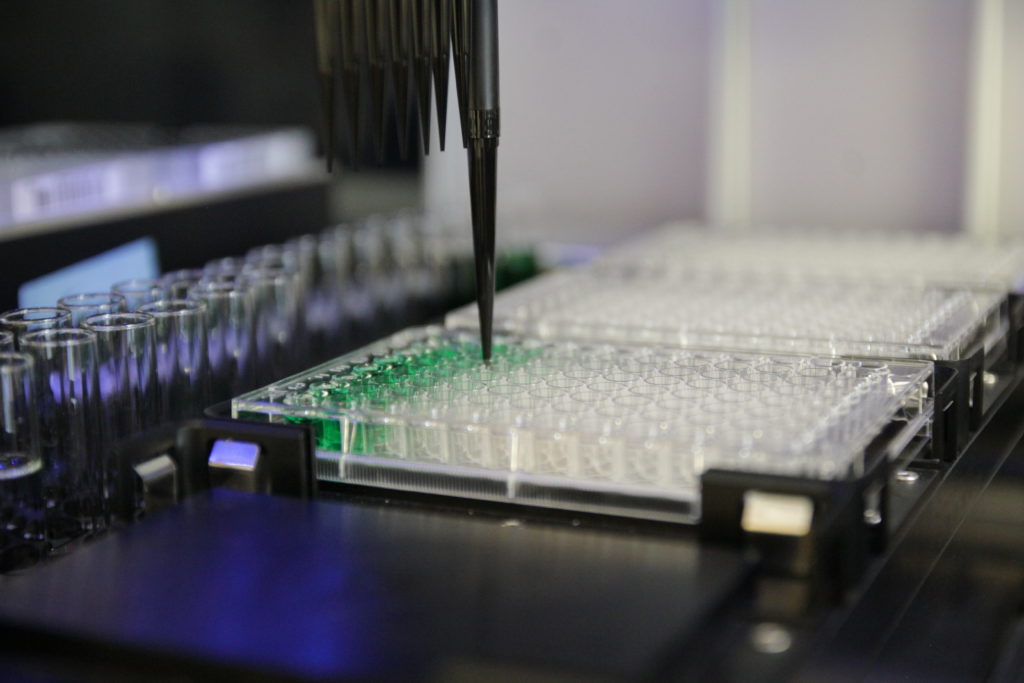
A Robot and Software Make it Easier to Create Advanced Materials
A Rutgers-led team of engineers has developed an automated way to produce polymers, making it much easier to create advanced materials aimed at improving human health. The innovation is a critical step in pushing the limits for researchers who want to explore large libraries of polymers, including plastics and fibers, for chemical and biological applications such as drugs and regenerative medicine through tissue engineering.

Building a better battery with machine learning
In two new papers, researchers at the U.S. Department of Energy’s (DOE) Argonne National Laboratory have turned to the power of machine learning and artificial intelligence to dramatically accelerate battery discovery.

Pulsed Electron Beams Provide a Softer Touch for Atomic-Scale Imaging
A team developed a method to apply pulsed-electron beams to image the beam-sensitive material with atomic resolution.

With artificial intelligence to a better wood product
Empa scientist Mark Schubert and his team are using the many opportunities offered by machine learning for wood technology applications. Together with Swiss Wood Solutions, Schubert develops a digital wood-selection- and processing strategy that uses artificial intelligence.